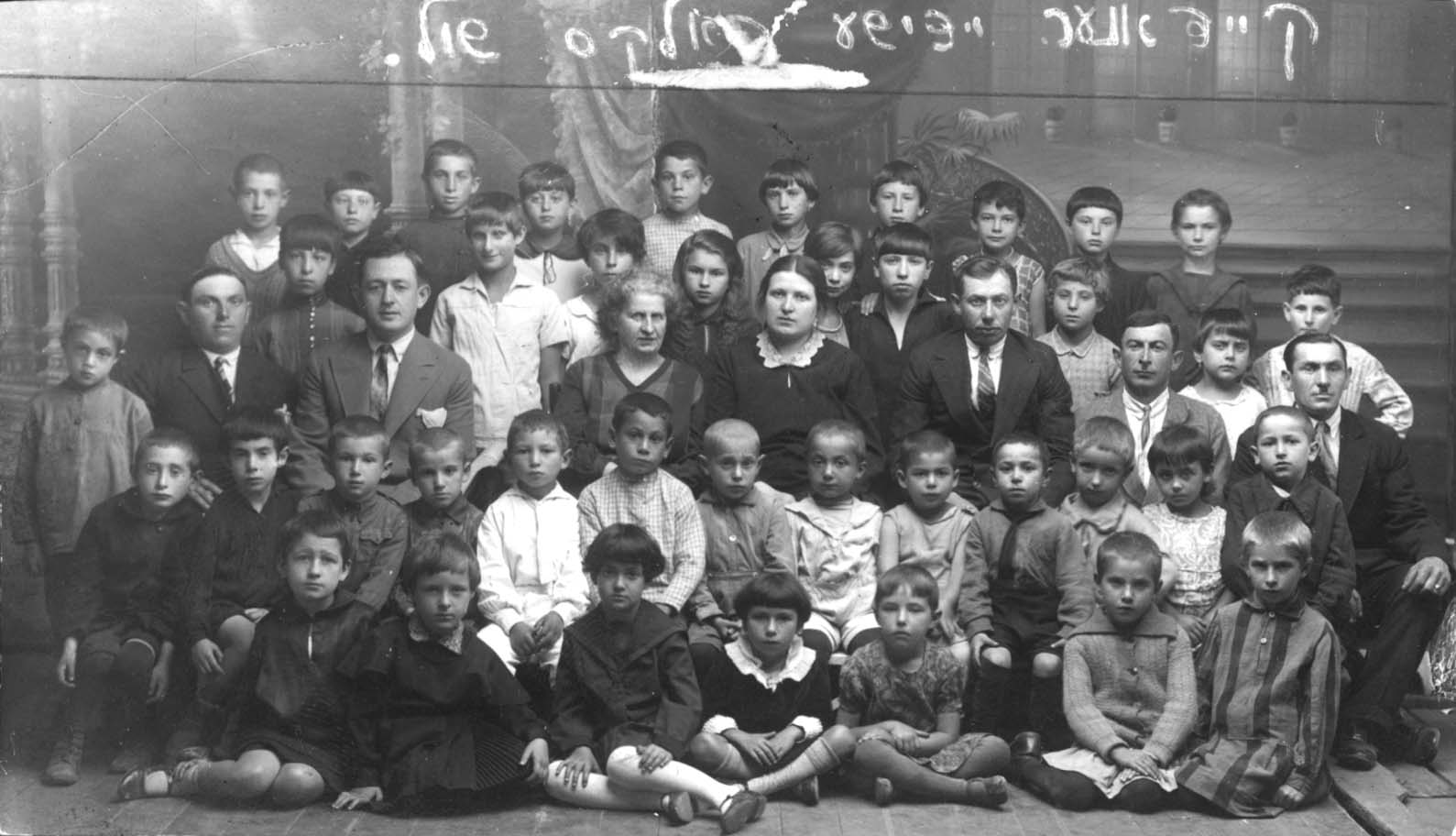

Kėdainiai

Kėdainiai was the “cradle” of the Haskalah in Lithuania and also the home of the first members of the Zionist movement there, including Moshe Leib Lilienblum (1843-1910), one of the founders of the Hovevei Zion. This movement's activities involved many Jews in the town and included the establishment of various political organizations and of a Tarbut school.
Most of the Jews of Kėdainiai earned their living from commerce, the export of agricultural products, and small industry.
In November 1939, following the German occupation of Poland, the Mir Yeshiva moved to Kėdainiai, with the students of the Yeshiva remaining until June 1940, when Lithuania was annexed to the Soviet Union. With Soviet annexation came the nationalization of factories and shops, most of which were owned by Jews. Also at that time political parties were banned and the Hebrew-language school was closed down.
Immediately after the German forces entered Kedainiai on June 24, 1941, Lithuanian nationalists launched a series of violent attacks against the Jewish inhabitants of the town. Then the German occupiers implemented anti-Jewish measures, such as the compulsory wearing of the yellow badge and bans on Jews walking on the town’s sidewalks and having contact with Lithuanians. At the end of July 1941 a ghetto was set up in Kėdainiai, where, in addition to local Jews, Jews from the nearby small towns of Šėta and Žeimiai were incarcerated. The Jews in the ghetto of Kėdainiai were killed on August 28, 1941.
The Red Army liberated Kėdainiai in the summer of 1944.

